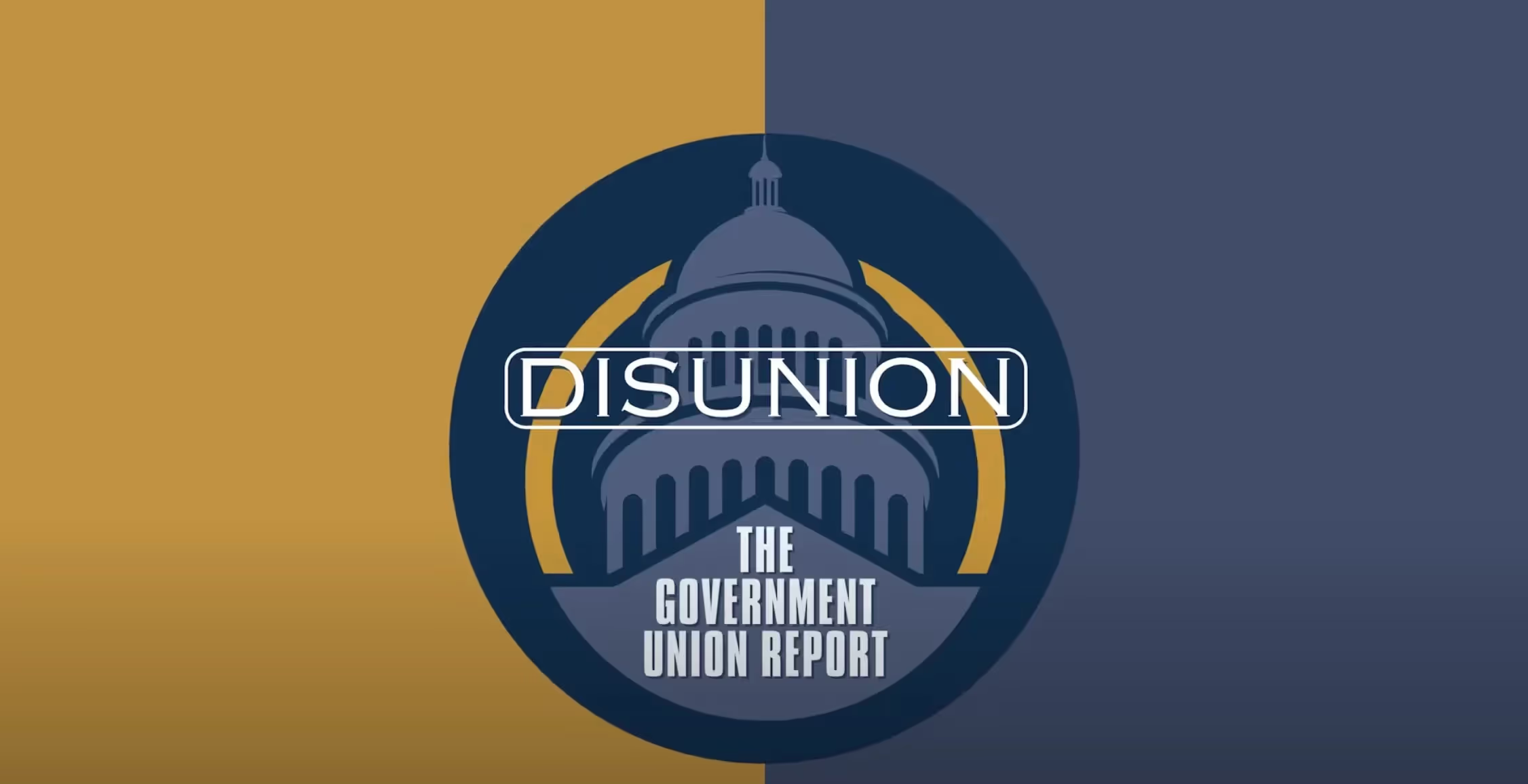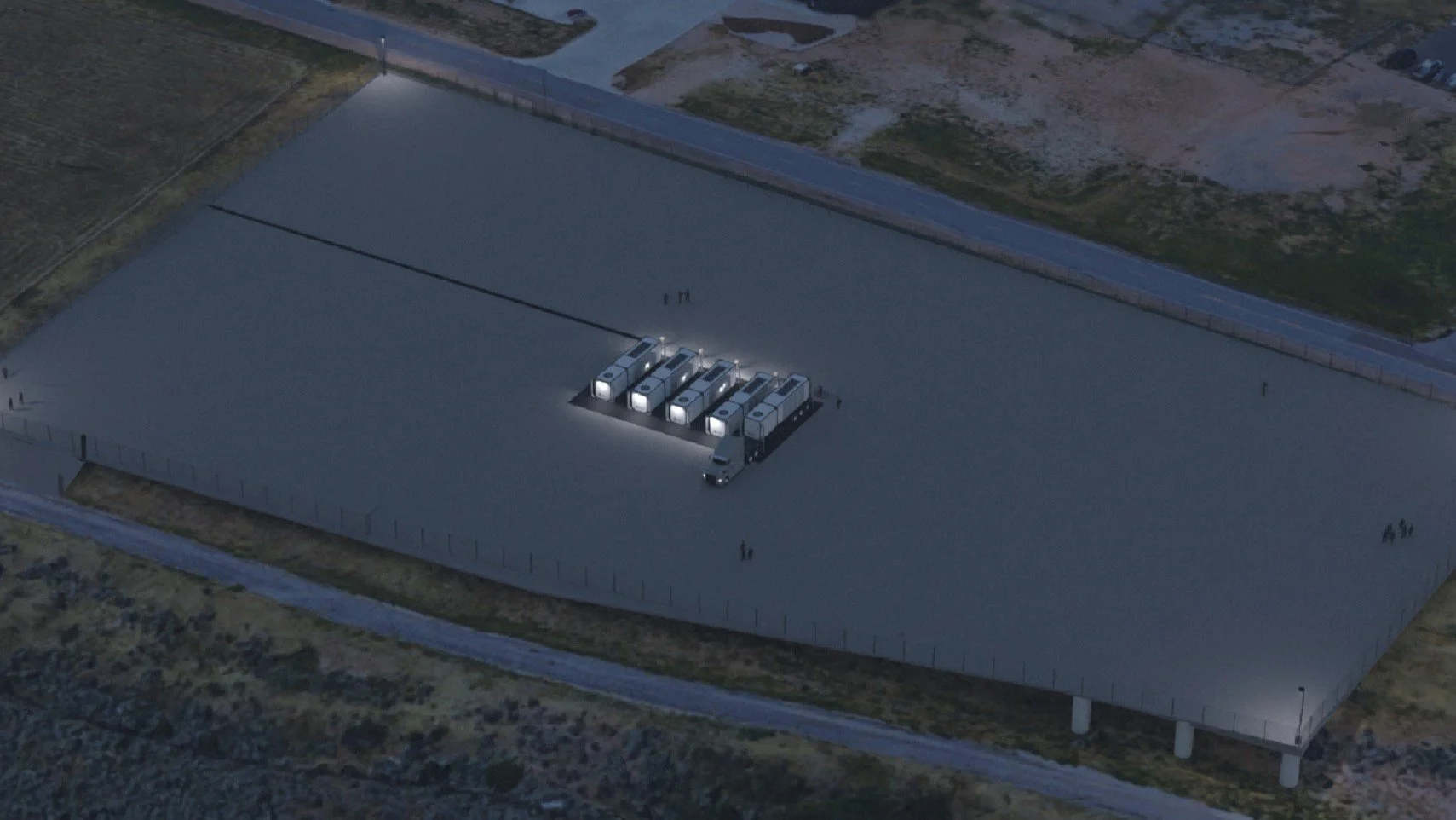
Three's a Crowd: Treasury's Competing Economic Targets
Treasury Secretary Scott Bessent's bold economic goals raise two important questions: Are they plausible and mutually consistent?
President Trump’s pick to lead the U.S. Treasury Department, Scott Bessent, is attempting to do what no other Treasury Secretary has dared: set explicit and ambitious economic targets. Specifically, he has set out a “3-3-3 plan”—aiming for three percent economic growth, a three percent GDP budget deficit, and an additional three million barrels of daily oil production—that imposes a level of clarity and accountability rarely seen in the Treasury Secretary role. For that, he should be commended. However, these bold economic goals raise two important questions: Are they plausible and mutually consistent?
Plausibility of the Economic Targets
Consider first the plausibility question. The most achievable goal, though not without challenges, is increased oil production. The Trump administration can reduce regulations and, more radically, invoke emergency powers like the National Emergencies Act or the Defense Production Act to forcefully increase domestic oil production. The President could also commit to buying oil for the Strategic Petroleum Reserve (SPR). The challenge here is increasing oil production, which lowers its price while also keeping the business profitable for oil companies. It may be that the only way around this tension is for Trump to use the heavy hand of government via emergency powers and the use of SPR. But at least it is achievable.
The plausibility of three percent economic growth is a more open question. On one hand, there are the tailwinds of President Trump’s deregulatory push, the AI-investment boom, prospects of an AI-driven productivity surge, and the momentum of an economy growing 2.8 percent over the past two years, suggesting three percent growth is possible. On the other hand, there are two big headwinds facing the economy. The first one is the existing slowdown in population growth that is being compounded by the Trump administration’s efforts to reduce both illegal and legal immigration. These developments undermined a key input to economic activity: a vibrant labor force. The second headwind is the uncertainty and higher costs caused by the Trump administration’s trade war. The haphazard use of tariff threats with major trading partners makes it hard for U.S. firms to make long-term investment spending plans. As a result, uncertainty is rising, and firms are already scaling back their investment plans. Even before these headwinds, the Congressional Budget Office (CBO) estimated that U.S. economic activity can grow at most 1.8 percent on a sustained basis. Now, these estimates don’t take account of the headwinds outlined above. So, while three percent economic growth is possible, there are good reasons to question whether it is probable.
The least plausible target is the three percent GDP budget deficit. The CBO’s latest baseline projections show total debt held by the public rising from $28 trillion to $50 trillion over the next decade and the debt burden going from 100 percent to 117 percent of GDP. Behind this projected surge in debt are budget deficits averaging about six percent of GDP over the next ten years. This grim fiscal outlook is because Social Security, Medicare, Medicaid, and veterans’ expenditures are expected to grow rapidly over the next decade and are considered politically untouchable. Add to that the outlays for defense that are unlikely to be cut and the interest on debt that must be paid, and we are left with 12 percent of the federal budget available for budget cuts. This non-defense, non-discretionary portion amounts to three percent of GDP and would have to be cut to zero to hit the 3 percent of GDP budget deficit target. That seems unlikely.
Moreover, the above analysis is the CBO baseline. It ignores what Congress has proposed: a 10-year budget that would raise annual deficits to 6.5% and increase the debt an additional $3.3 trillion. President Trump would like to add even more tax cuts and spending that would expand deficits to over seven percent of GDP per year and raise debt to GDP over the next decade to between 132 and 149 percent. Cutting the budget deficit to three percent of GDP in this environment appears near impossible.
Mutual Consistency of the Economic Targets
On the second question, raising oil production and increased economic growth are complementary targets. If successfully implemented, they could be part of an economic boom story that would bolster the popularity of the Trump administration. However, an economic boom would also make it harder to hit the three percent of GDP budget deficit target, so not all the targets are mutually consistent.
Here is the reason why. When an economy grows faster, interest rates tend to rise, raising the interest payments on the national debt. This pattern occurs for two reasons. First, in a booming economy, firms expect higher future profits and will invest more in plants, machines, and people. Households, expecting higher future incomes, will tap into it by borrowing more. Both actions drive up the demand for credit and, therefore, the price of credit, the interest rate.
Now, when debt hits a 100 percent debt-to-GDP ratio, a one percent rise in interest rates will raise the interest cost on debt by one percent of GDP. Since we expect a higher debt-to-GDP ratio, the interest cost will rise even more and is likely to surpass any tax revenue gains from higher economic growth. Most of the CBO’s projected rise in budget deficits over the next decade comes from rising interest costs on the national debt. Consequently, raising the average economic growth rate from the CBO’s projected 1.8 percent to 3 percent would raise interest rates proportionally and painfully raise the interest cost on the national debt.
This analysis suggests that Treasury Secretary Scott Bessent faces, at best, tradeoffs among his economic goals. His 3-3-3 plan, while commendable for its transparency and measurable targets, contains inherent contradictions that make the simultaneous achievement of all three goals unlikely, if achievable at all. The policies that might boost economic growth to three percent and expand oil production would likely push interest rates higher, thereby increasing debt servicing costs and making the three percent of GDP budget deficit target even more unattainable. Rather than pursuing all three targets with equal vigor, Secretary Bessent and the Trump administration may need to decide which objectives are truly paramount for their economic agenda.
David Beckworth is a senior research fellow at the Mercatus Center at George Mason University and director of the Mercatus Center’s monetary policy program.
Economic Dynamism

The Causal Effect of News on Inflation Expectations
This paper studies the response of household inflation expectations to television news coverage of inflation.
.avif)
The Rise of Inflation Targeting
This paper discusses the interactions between politics and economic ideas leading to the adoption of inflation targeting in the United States.

The Revenge of the Supply-Siders
Trump would do well to heed his supply-side advisers again and avoid the populist Keynesian shortcuts of stimulus checks or easy money.

U.S. Can’t Cave to Europe’s Anti-Growth Agenda
One does not have to support protectionist tariffs or protracted trade wars to see why Washington needs to continue using trade to pressure Eurocrats to give up micromanaging tech platforms and supply chains around the world.




.jpg)




.jpg)







